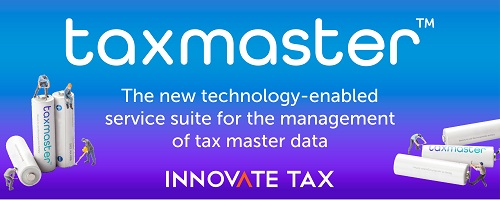The State Tax Administration Agency presents the statistical publication “Statistics by VAT items” , based on the Value Added Tax declarations corresponding to the reference fiscal year. This publication contains detailed information on the main items contained in the VAT Annual Summary (model 390) and VAT Annual Summary for large companies (Model 392) return models.
It offers a first classification of the general figures differentiated by tax regimes: highlighting the distinction between the subjects whose activity is declared in the General Regime versus those exclusively applying the Simplified Regime modality.
Secondly, the data classification perspective of this Statistics is the presentation of each item by Tax Base brackets: 20 brackets for the items of the General Regime and 11 in the case of the Simplified Regime. The corresponding tables appear organized following the liquidation logic of the annual declaration itself, with separation into different groups of the items corresponding to the Taxable Bases and those corresponding to the quotas.
Anyone who uses the statistics may find the historical series of these statistics by items available in the BADESPE database useful (for the time being the series covers the period 1986 to 2004). This publication is accessible on the website of the Institute of Fiscal Studies through the “statistics” option.
In addition, the State Tax Administration Agency already publishes another statistical exploitation of said declaration models under the heading “Economic and tax results in VAT” with which it is intended to offer a compilation of the economic and tax figures derived from this tax. This Statistics integrates the content of three different tax sources related to VAT, which are: the summary-annual VAT declaration models, models 390 and 392; the monthly declarations of operations assimilated to importation, form 380; and the declarations related to imports presented at Customs through the DUA (single customs document) or other documents.
The fundamental objective in this case is to transform the concepts provided in the form of items into economic and tax concepts with a more universal interpretation, and to establish fiscal relationships between economic and tax concepts that allow inferences to be made in the behavior and evolution of tax collection.
Source: gob.es














